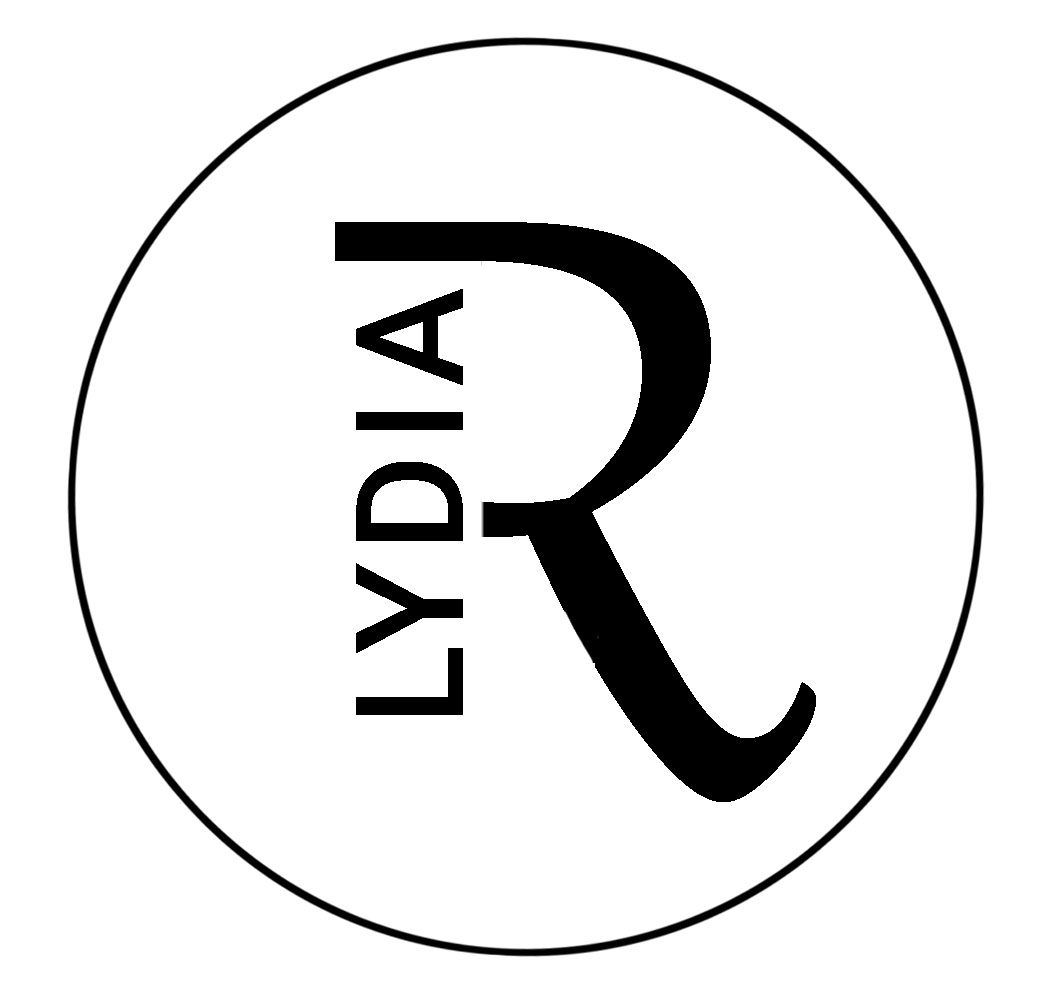Depth in abstract collages serves several purposes, even though the concept of depth might be interpreted differently in the context of abstraction compared to traditional representational art. Here are some reasons why depth is important in abstract collages:
Visual Engagement: Depth adds visual interest and complexity to a collage. It draws the viewer’s attention and encourages them to explore the artwork more closely, leading to a richer and more engaging viewing experience.
Emotional Impact: Depth can evoke emotional responses from viewers. The illusion of depth can create a sense of space and atmosphere, which can enhance the emotional resonance of the artwork. For example, a collage with deep, swirling layers might evoke feelings of turbulence or intensity.
Spatial Relationships: Depth in abstract art can imply spatial relationships between different elements within the composition. This allows the artist to create a sense of balance, tension, or harmony among various shapes, colors, and textures.
Ambiguity and Interpretation: Abstract art often encourages viewers to interpret the work in their own way, as there is no fixed subject matter. Depth can introduce ambiguity and intrigue, leaving room for different interpretations and allowing viewers to project their own meanings onto the artwork.
Movement and Dynamics: Depth can convey a sense of movement and dynamics within the collage. The arrangement of shapes and lines can suggest motion, leading the viewer’s eye to travel across the canvas, creating a sense of rhythm and energy.
Illusion of Space: While abstraction might not aim to represent the real world in the same way as realism does, depth can still create the illusion of spatial dimensions. This illusion can be manipulated to challenge traditional notions of perspective and spatial relationships.
Layering and Texture: Abstract paintings often involve layering of materials and textures. Depth can enhance the perception of these layers, allowing viewers to appreciate the physicality and tactile qualities of the artwork.
Composition and Focal Points: Creating depth enables artists to establish a composition with various focal points. This can guide the viewer’s gaze and help in organizing the elements within the painting.
Artistic Expression: Depth is another tool that artists can use to express their ideas and emotions. The way an artist chooses to depict depth can be a deliberate stylistic choice that aligns with their artistic vision.
Ultimately, the concept of depth in abstract art goes beyond mere representation of three-dimensional space. It’s about creating a sense of visual complexity, emotional resonance, and open-ended interpretation that allows each viewer to engage with the artwork in a unique and meaningful way.
👉If you want to learn more about how to create abstract collages, join the A&I community and start creating today.

